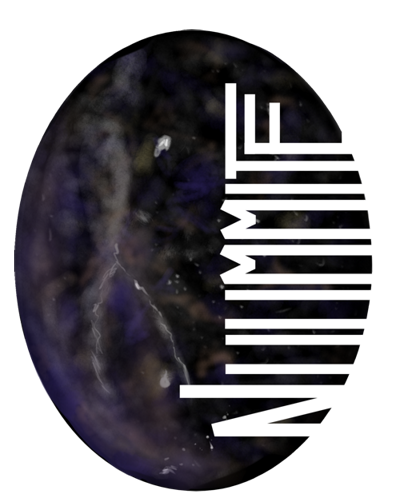Nuummite is a tiny persistent embedded key-value store. All data is kept in RAM (in a Crystal Hash) and is also written to disk. So don't use Nuummite to handle big chunks of data. Keys and Values are always Strings. It just comes with the most basic operations.
Add this to your application's shard.yml:
dependencies:
nuummite:
github: codesteak/nuummite
version: ~> 0.1.5require "nuummite"db = Nuummite.new("path/to/folder", "optional-filename.db")
# You can also have multiple:
flowers = Nuummite.new("flowers")
minerals = Nuummite.new("minerals")db["hello"] = "world"
db["42"] = "Answer to the Ultimate Question of Life, The Universe, and Everything"
db["whitespace"] = "Hey\n\t\t :D"db["hello"]? # => "world"
db["ehhhh"]? # => nil
#Note: db is locked while reading, so don't write to db!
db.each do |key,value|
# reads everything
end
db["crystals/ruby"] = "9.0"
db["crystals/quartz"] = "~ 7.0"
db["crystals/nuummite"] = "5.5 - 6.0"
db.each("crystals/") do |key,value|
# only crystals in here
enddb.delete "hello"Since values are saved to disk in a log style, file sizes grow, your key-value store needs to rewrite all data at some point:
db.garbage_collectBy default it auto garbage collects after 10_000_000 writes. To modify this behavior you can:
# garbage collects after 1000 writes or deletes
db.auto_garbage_collect_after_writes = 1000
# does not auto garbage collect
db.auto_garbage_collect_after_writes = nil You can also shutdown Nuummite by
db.shutdownThat's all you need to know 😄
- Fork it ( https://github.com/codesteak/nuummite/fork )
- Create your feature branch (git checkout -b my-new-feature)
- Commit your changes (git commit -am 'Add some feature')
- Push to the branch (git push origin my-new-feature)
- Create a new Pull Request
- CodeSteak - creator, maintainer
